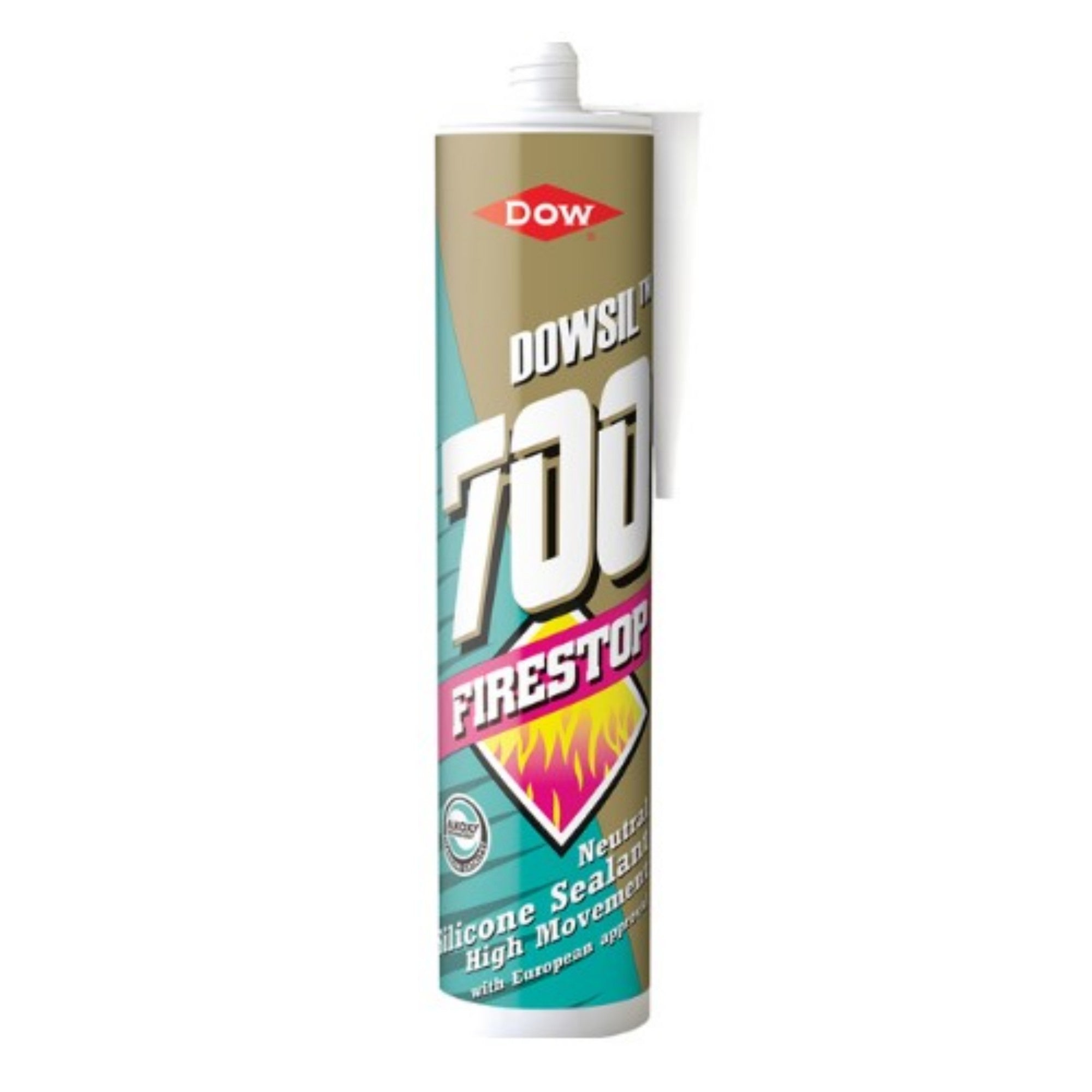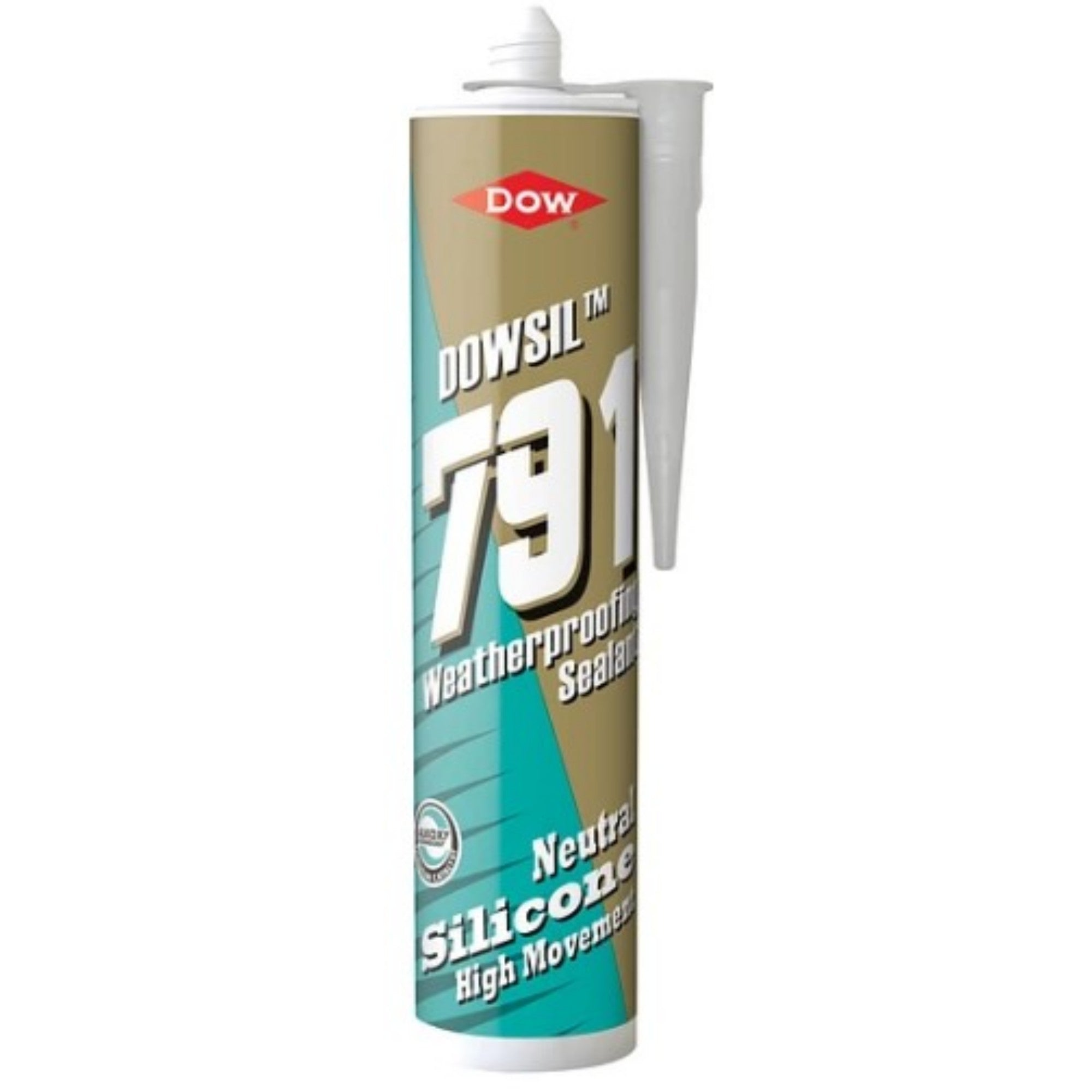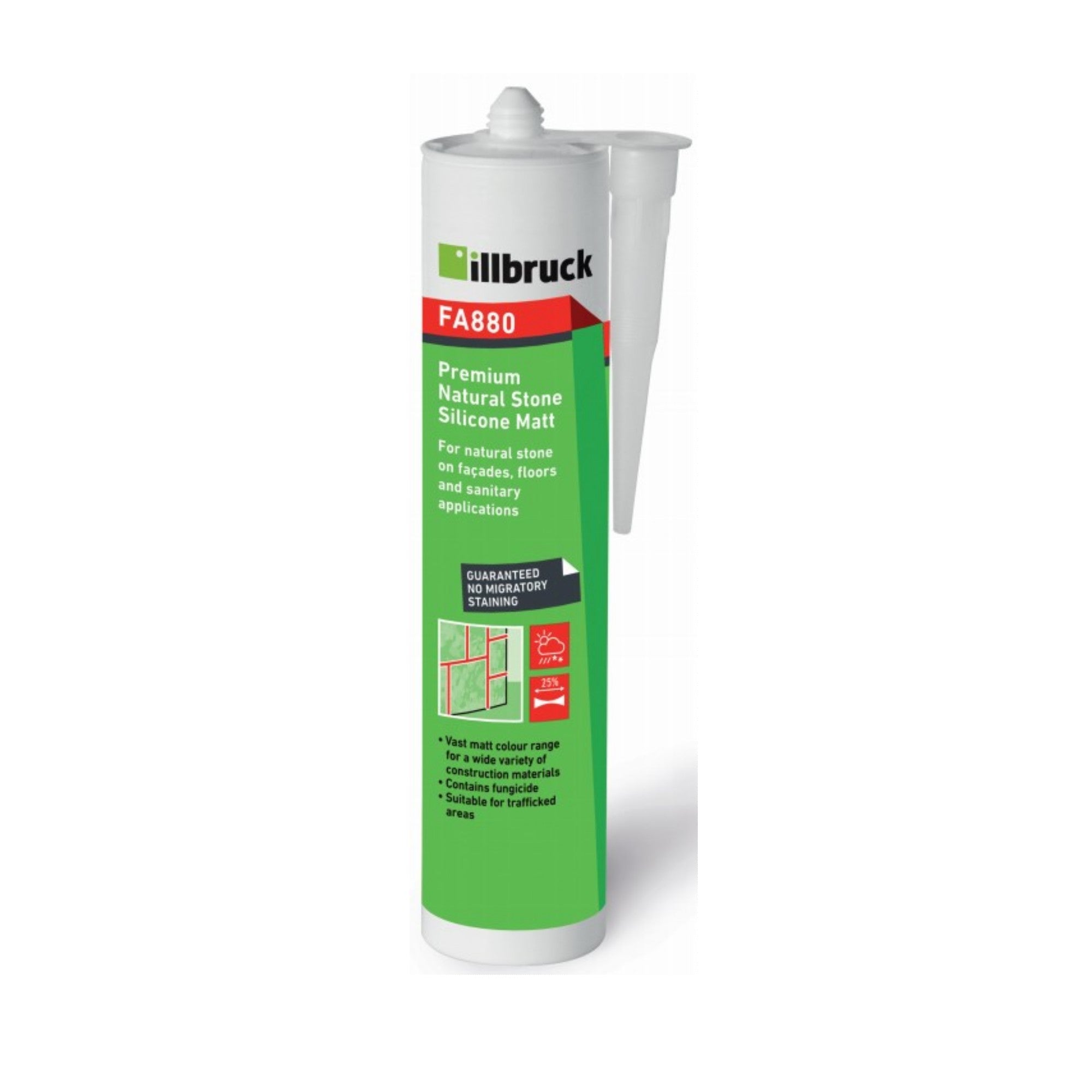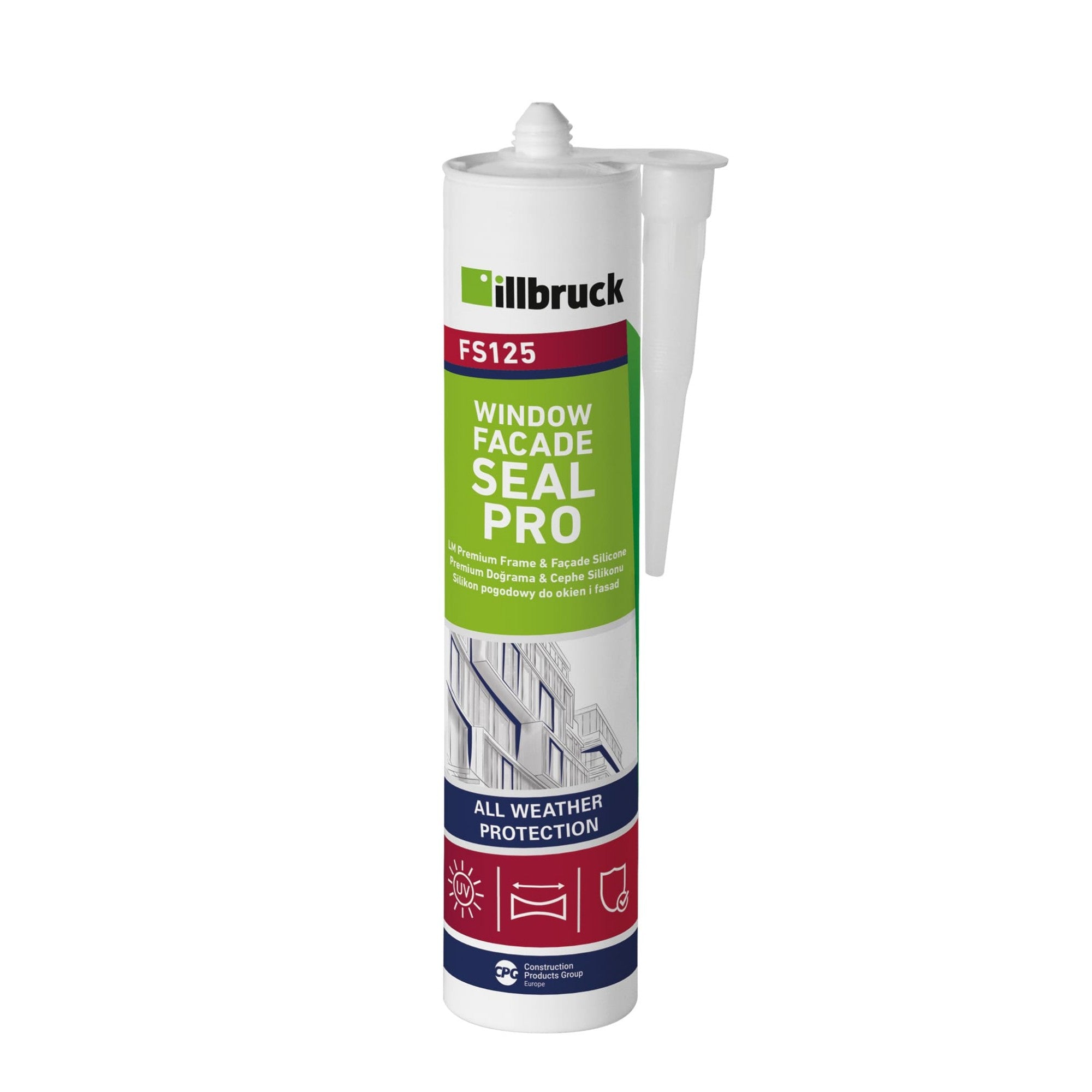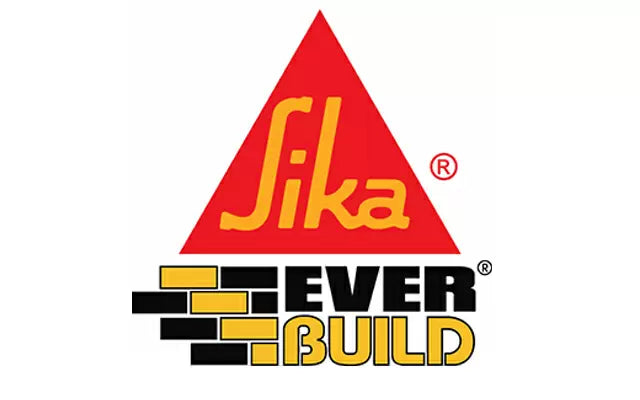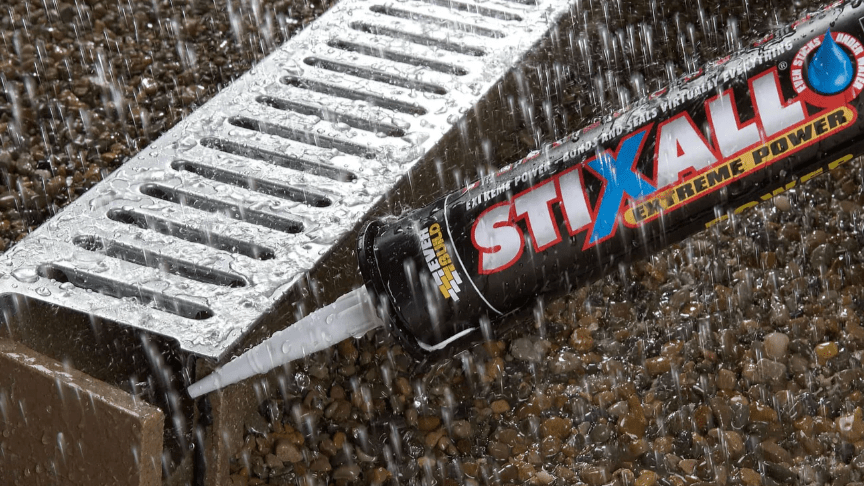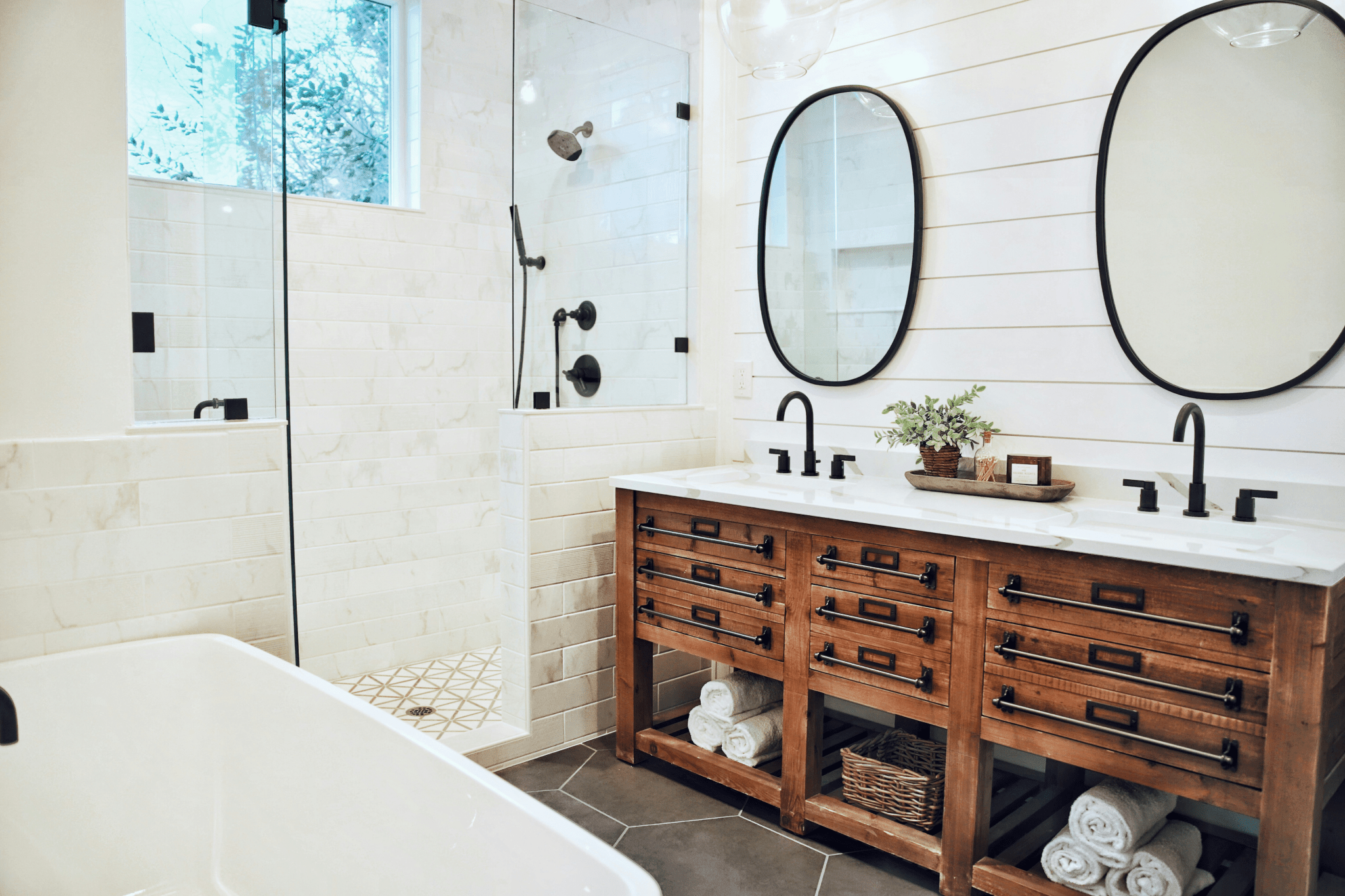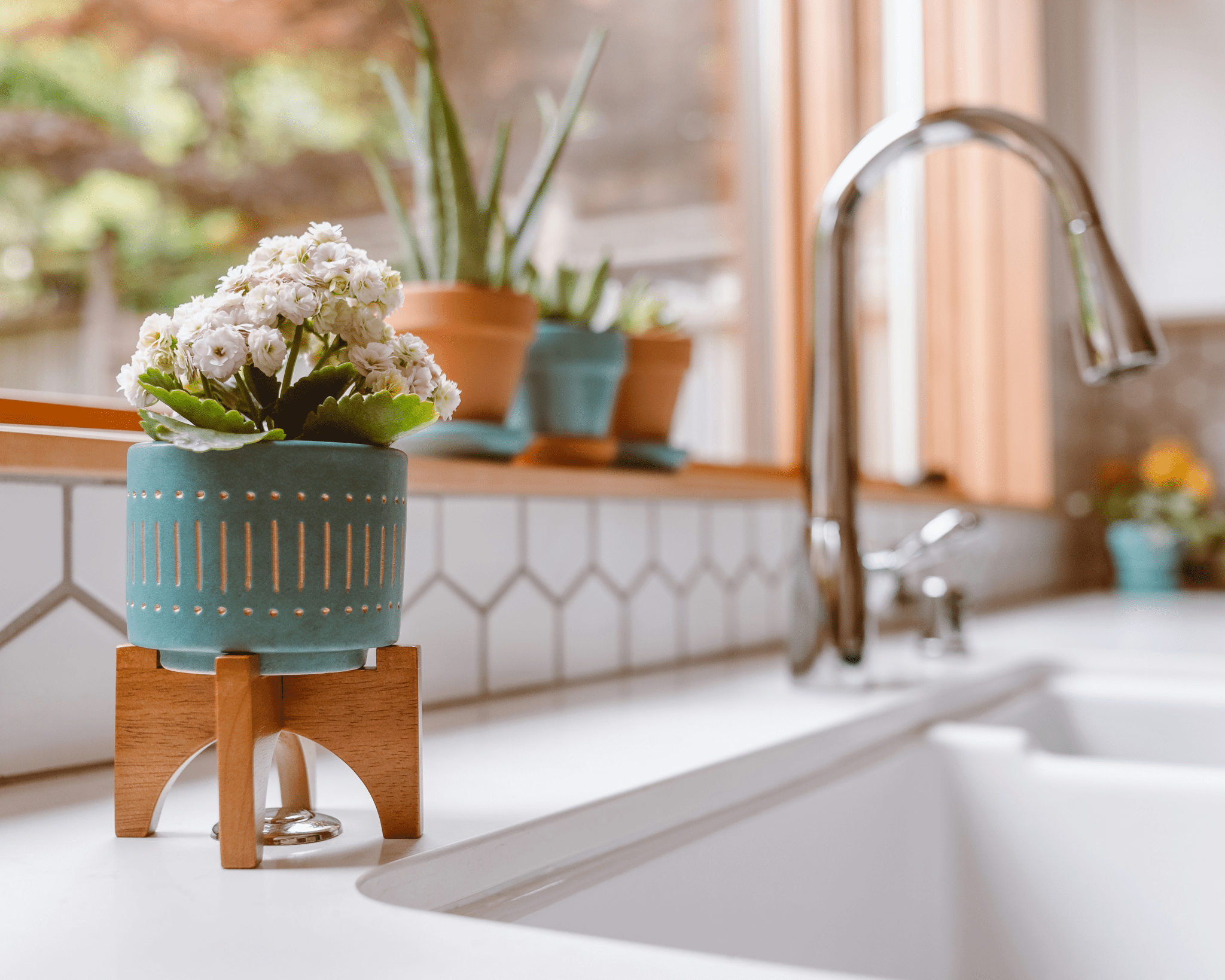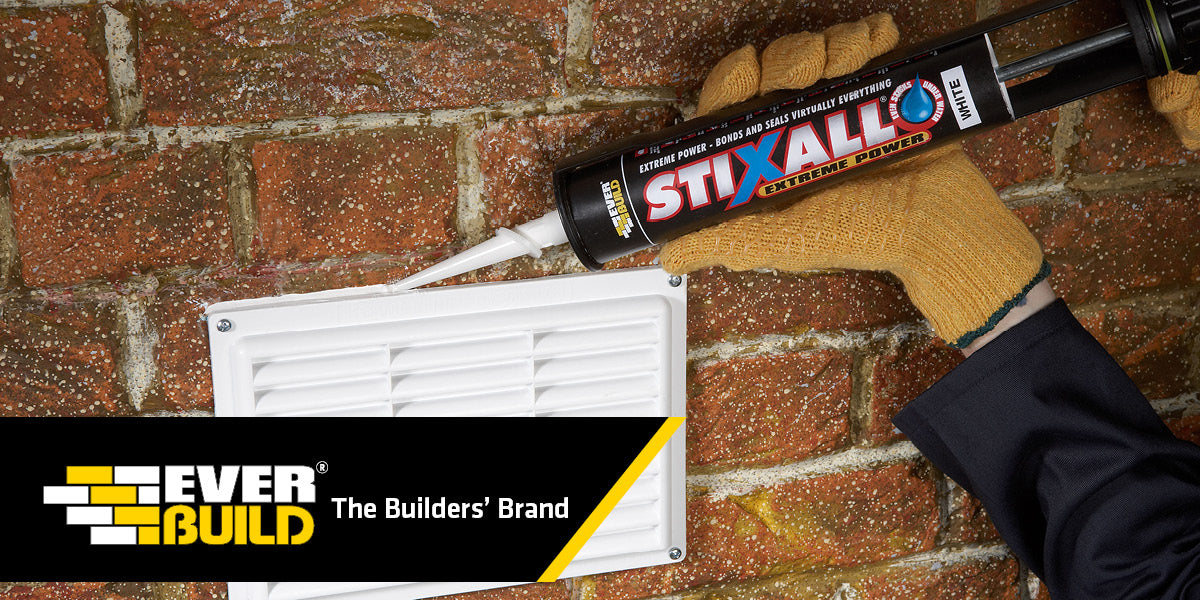Choosing the right sealant for your project is crucial. Weather conditions can significantly impact sealant performance. This blog will help you understand how different climates affect sealant and guide you in selecting the best products for your needs.
Hot and Dry Climates
In hot and dry climates, sealants can dry out and crack over time. This reduces their effectiveness and can lead to leaks. To avoid this, choose a sealant that is UV-resistant and designed for high temperatures. External sealants are particularly important for surfaces exposed to direct sunlight, such as roof tiles and outdoor furniture.
Cold and Wet Climates
Cold and wet climates pose a different challenge. Moisture can weaken some sealants, causing them to fail. Additionally, freezing temperatures can cause sealants to become brittle and crack. For these conditions, a waterproof sealant is essential. It will provide a durable barrier against moisture, ensuring your home stays dry and protected.
Coastal Areas
Living near the coast means dealing with saltwater and high humidity. These conditions can accelerate the deterioration of sealants. A high-quality waterproof sealant is crucial in these areas to prevent saltwater damage. For homes with brickwork, using a specific brickwork sealant can offer extra protection against the harsh coastal environment.
High Fire Risk Areas
In regions prone to wildfires, using a fire-rated sealant can provide an additional layer of safety. These sealants can withstand high temperatures and prevent the spread of fire. This is particularly important for sealing gaps around windows, doors, and other openings where fire could potentially enter the home.
Humid and Tropical Climates
Humid and tropical climates can cause mold and mildew to grow on sealants. This not only looks unsightly but can also lead to health issues. Choosing a mold-resistant sealant is key in these environments. This type of sealant will help keep your home looking clean and prevent mold growth.
Choosing the Right Sealant
Selecting the right sealant depends on your climate and specific needs. For outdoor projects, consider using an external sealant that can withstand various weather conditions. For areas exposed to moisture, a waterproof sealant is a must. For homes in high fire risk areas, a fire-rated sealant offers crucial protection.
Understanding how different climates affect sealant performance is essential for maintaining your home. By choosing the right sealant for your environment, you can ensure long-lasting protection and peace of mind. Remember, whether you need a waterproof sealant, external sealant, brickwork sealant, or fire-rated sealant, The Sealant Store has you covered.
